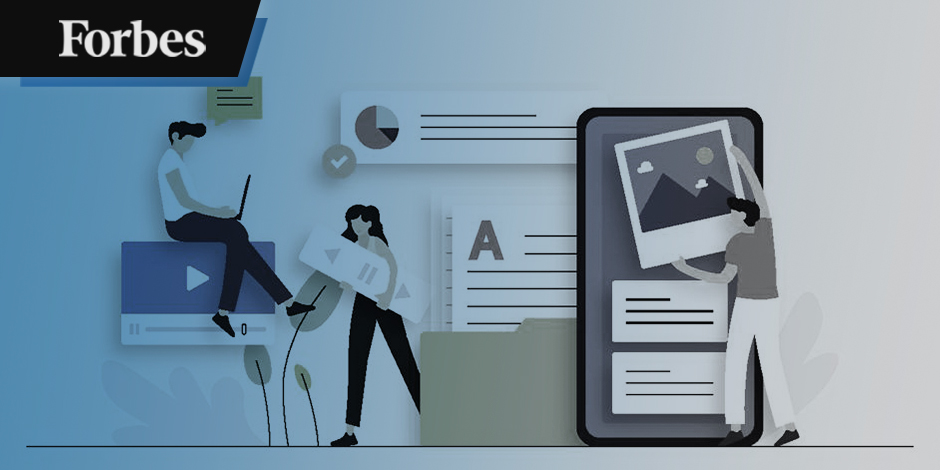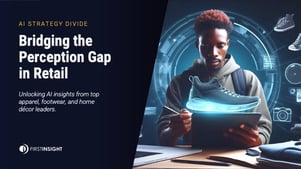Cutting back marketing and related technology budgets was a leading cause of handwringing among recession-spooked execs at a recent fashion industry event I attended in New York. The question wasn’t whether a recession is imminent but how deep it might be. The jury is still out on the depth and breadth of the expected recession for 2023 as the data below suggest.
In fact, a fresh survey by First Insight finds that roughly 75% (3 out of 4) of retail executives polled believe a recession in the US has already begun while consumers feel a bit differently.
Given these unknowns, stockpiling cash may seem like a logical strategy during expected economic downturns, but history suggests otherwise.
As industrialist Warren Buffett once observed, "The best chance to deploy capital is when things are going down." Or, as Henry Ford is often quoted as having said, “Stopping advertising to save money is like stopping a watch to save time.”
But the instinct at most companies is compelling, according to Bob Liodice, Chief Executive Officer of the Association of National Advertisers. In a recent report in The Wall Street Journal, Liodice warned brands, “If you have not already been asked, you’re going to be asked to cut your budgets. This is not the time to do that.”
The proof, according to two Oregon State professors, is in the data. A study by K.D. Frankenberger and R. Graham, published in 2003, looked at the performance of 2,662 companies based on whether they increased or cut advertising spending during recessionary periods.
The authors determined that increased advertising during a downturn gives companies, “a firm asset by contributing to financial performance for up to three years” after the recession is over. The study noted that boosting advertising during a recession also enhanced the benefits of increasing advertising during nonrecessionary times. For public companies, there was the added benefit of higher share prices.
Other studies of recessions as far back as 1921-22 have found similar results. One of the most famous examples, detailed in The New Yorker in 2009 during a historic economic crisis, is the battle in the late 1920s between the two leading breakfast cereal brands of the day, Kellogg and Post.
When the Depression first hit, Post reined in expenses and cut back on advertising. Kellogg doubled its ad budget, moved aggressively into radio advertising, and heavily pushed its new cereals. When the dust had settled, Kellogg’s profits had risen almost 30% and it had become, and still is, the industry’s dominant player.
Walmart is perhaps the best modern example of staying the course through thin and thick. Among founder Sam Walton’s more famous quotes, when asked what he thought about the then-current recession — “I thought about it and decided not to participate.”

















